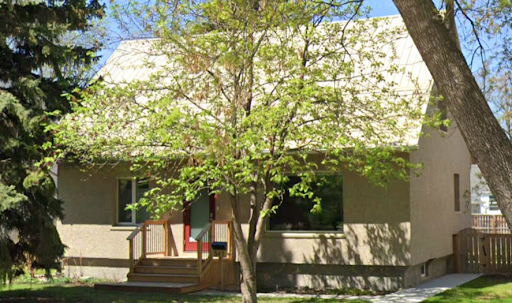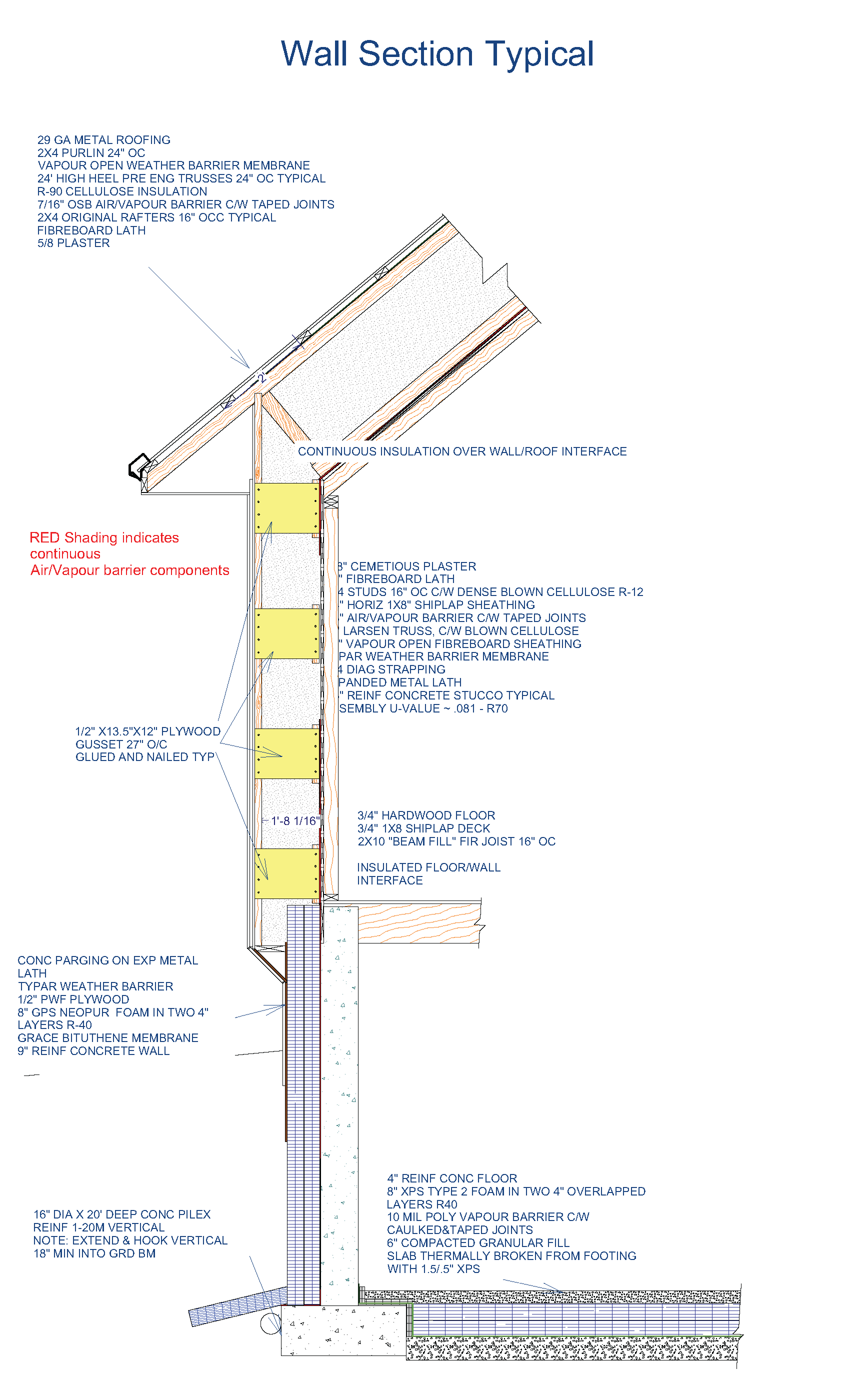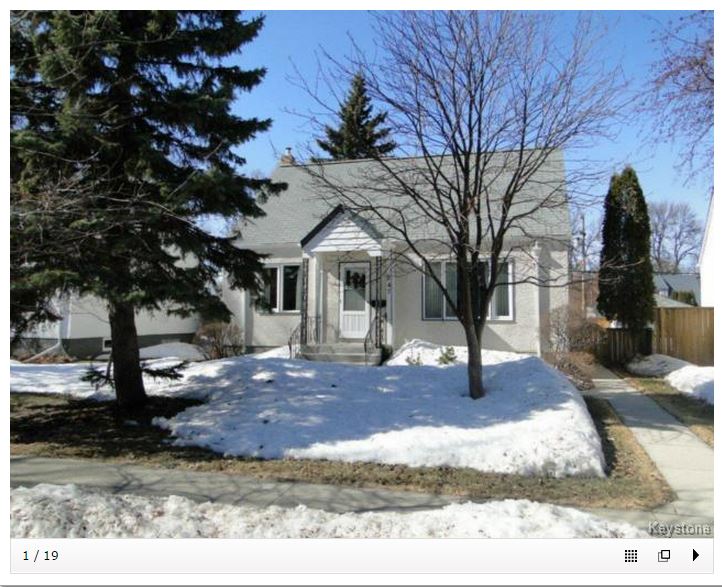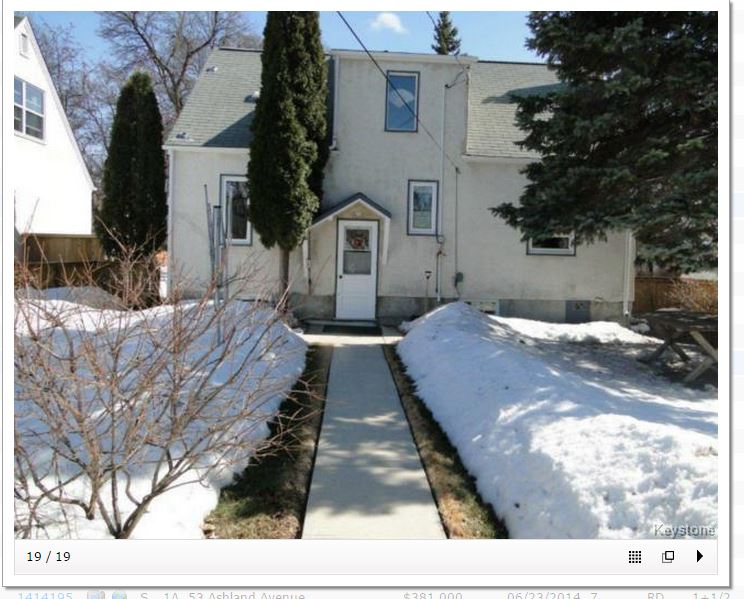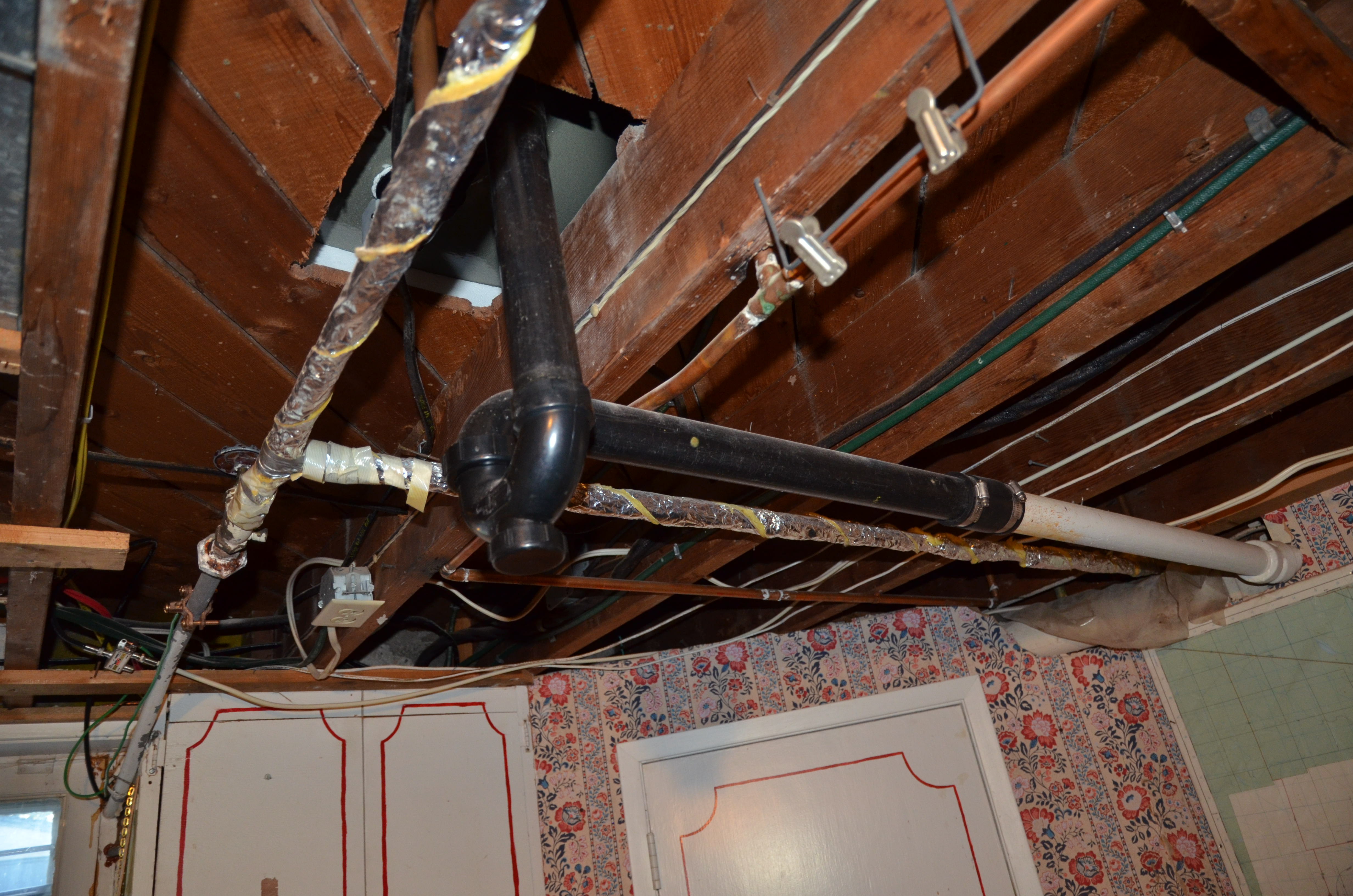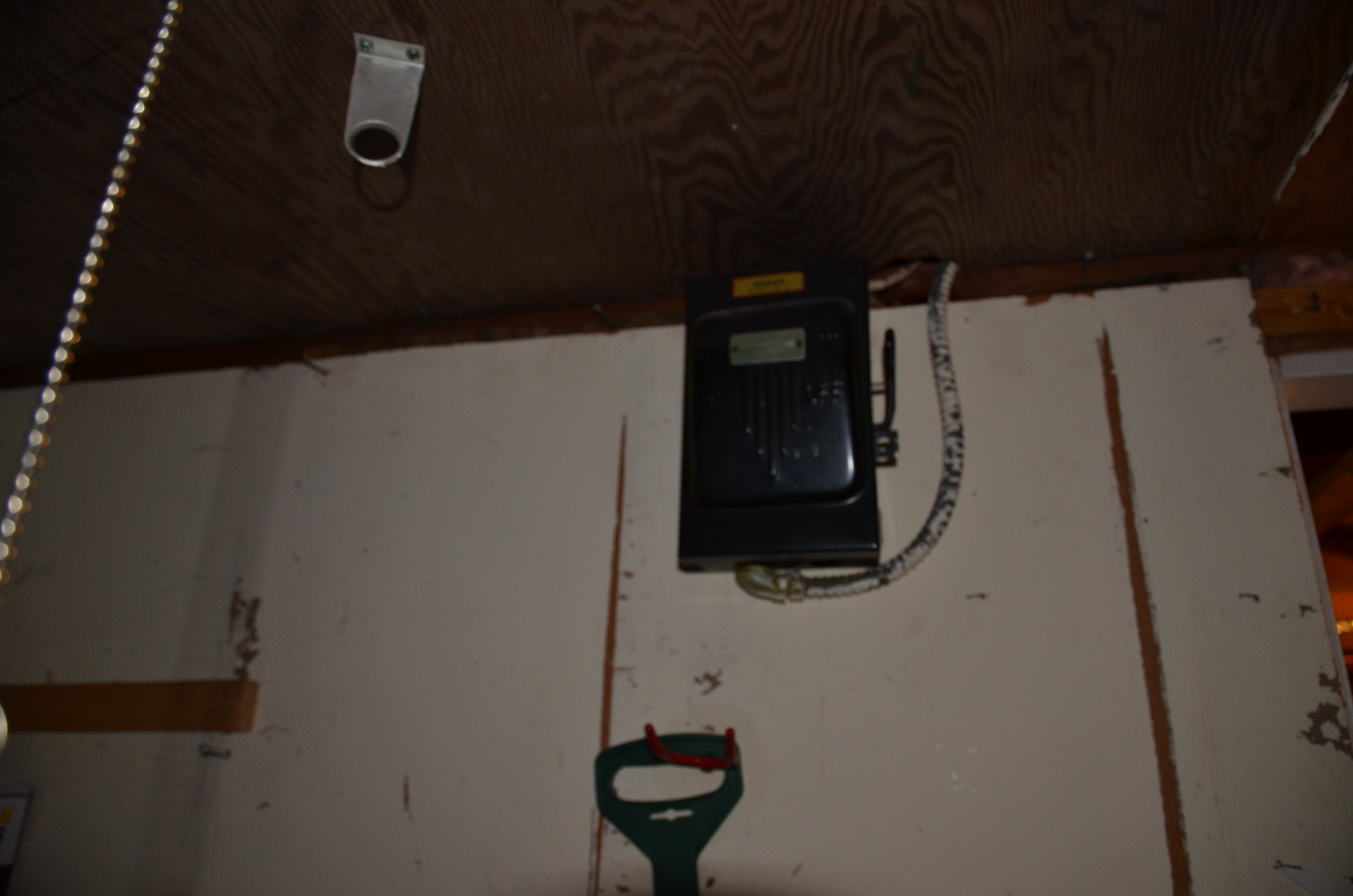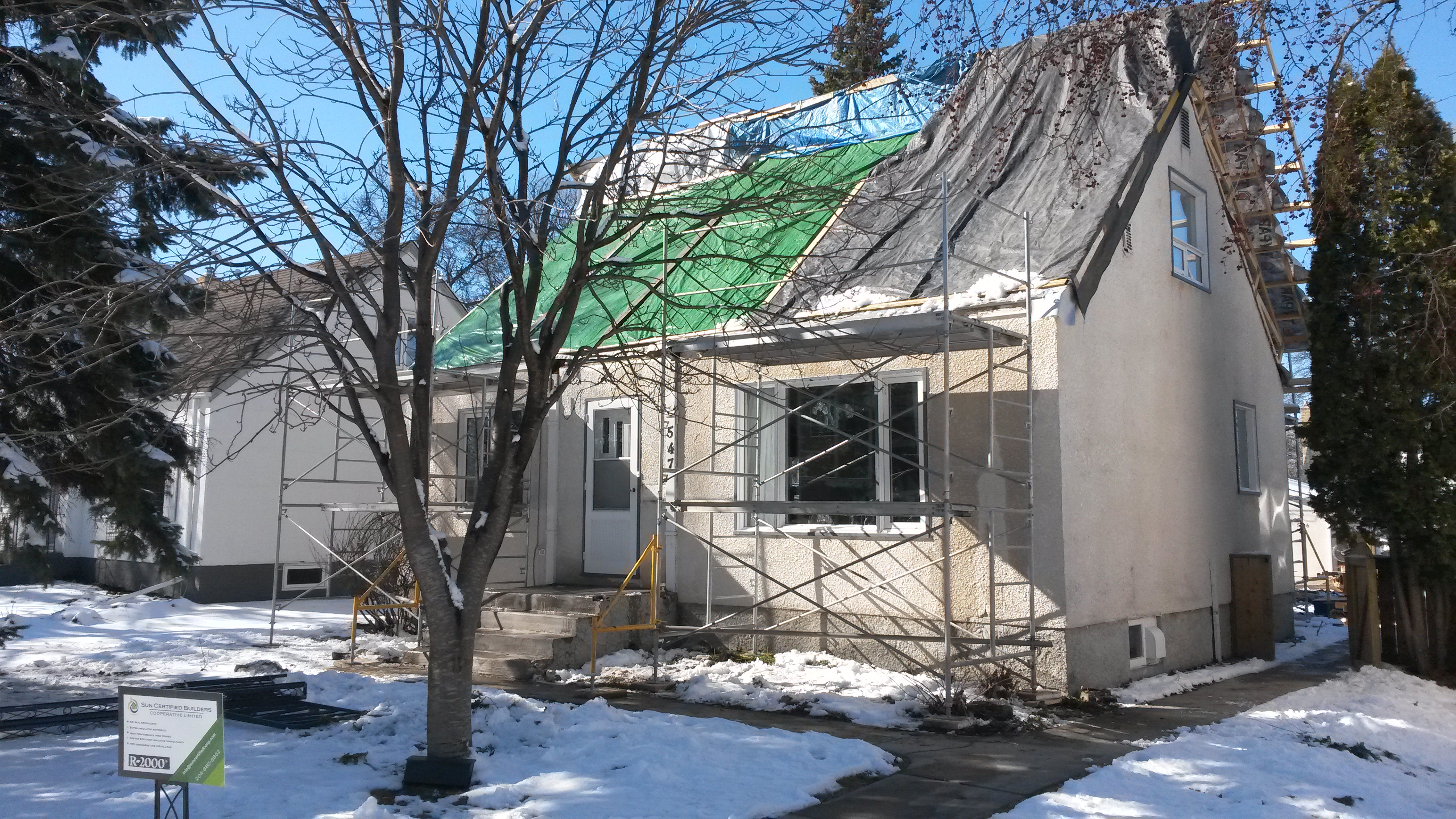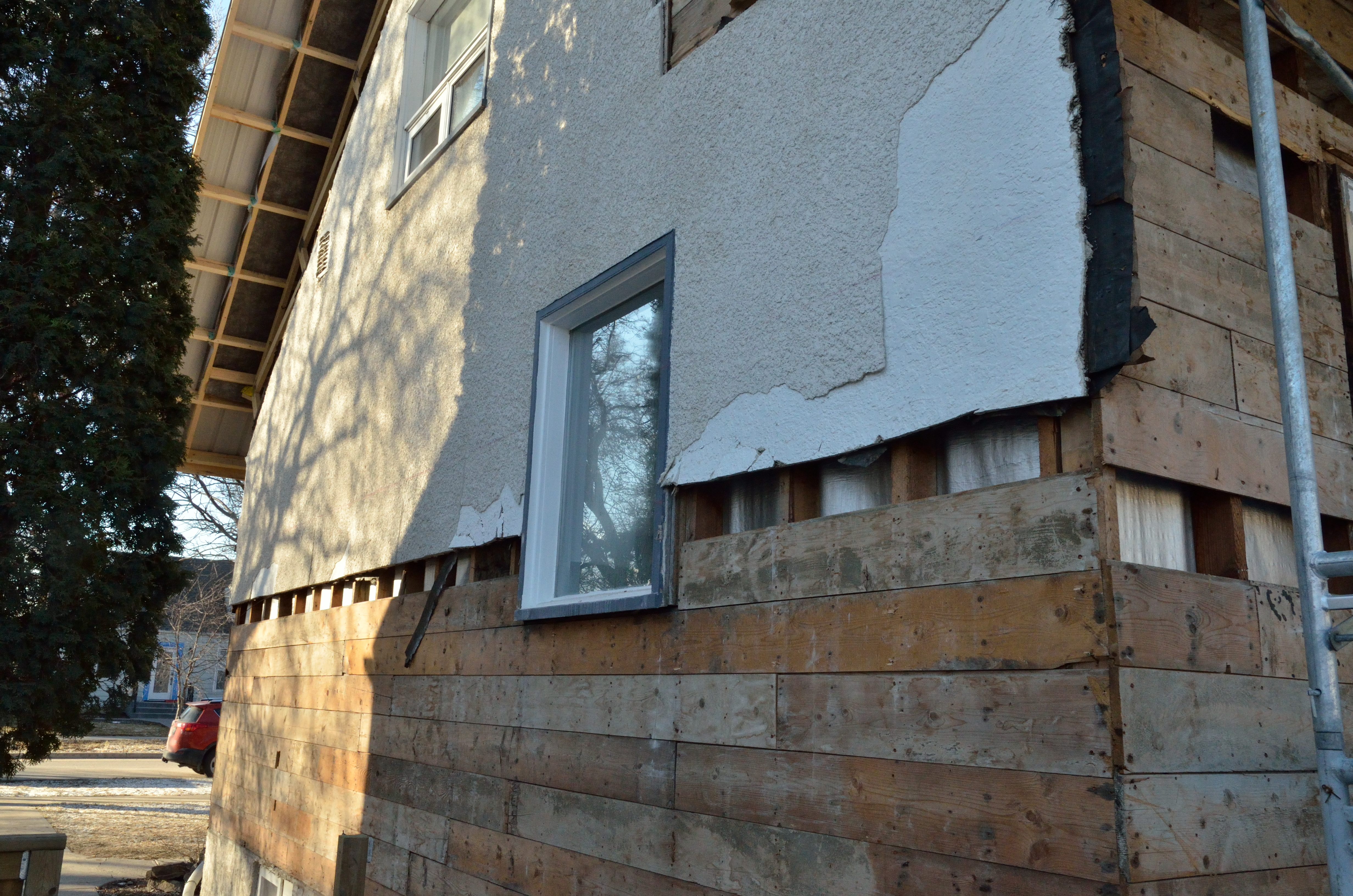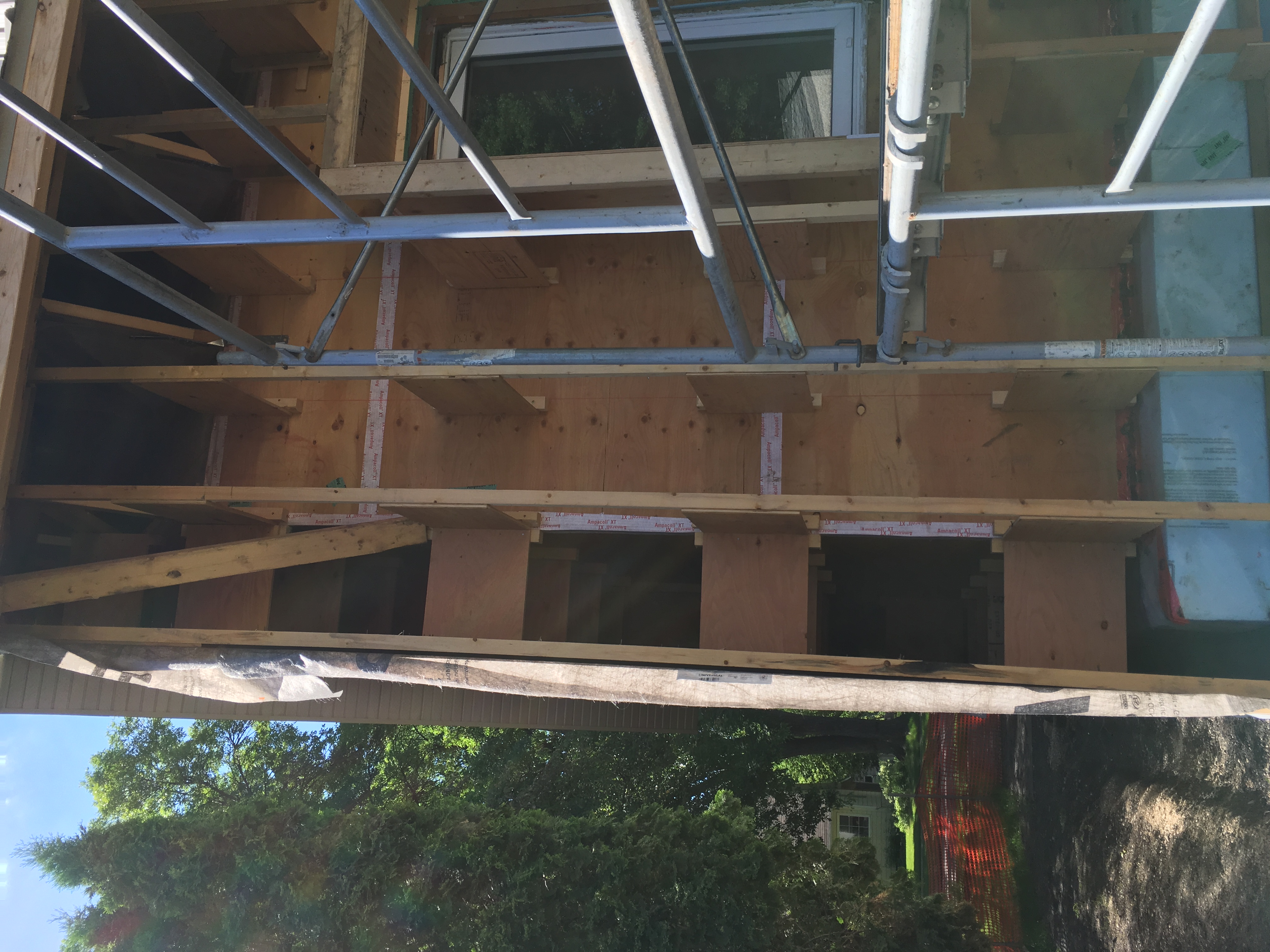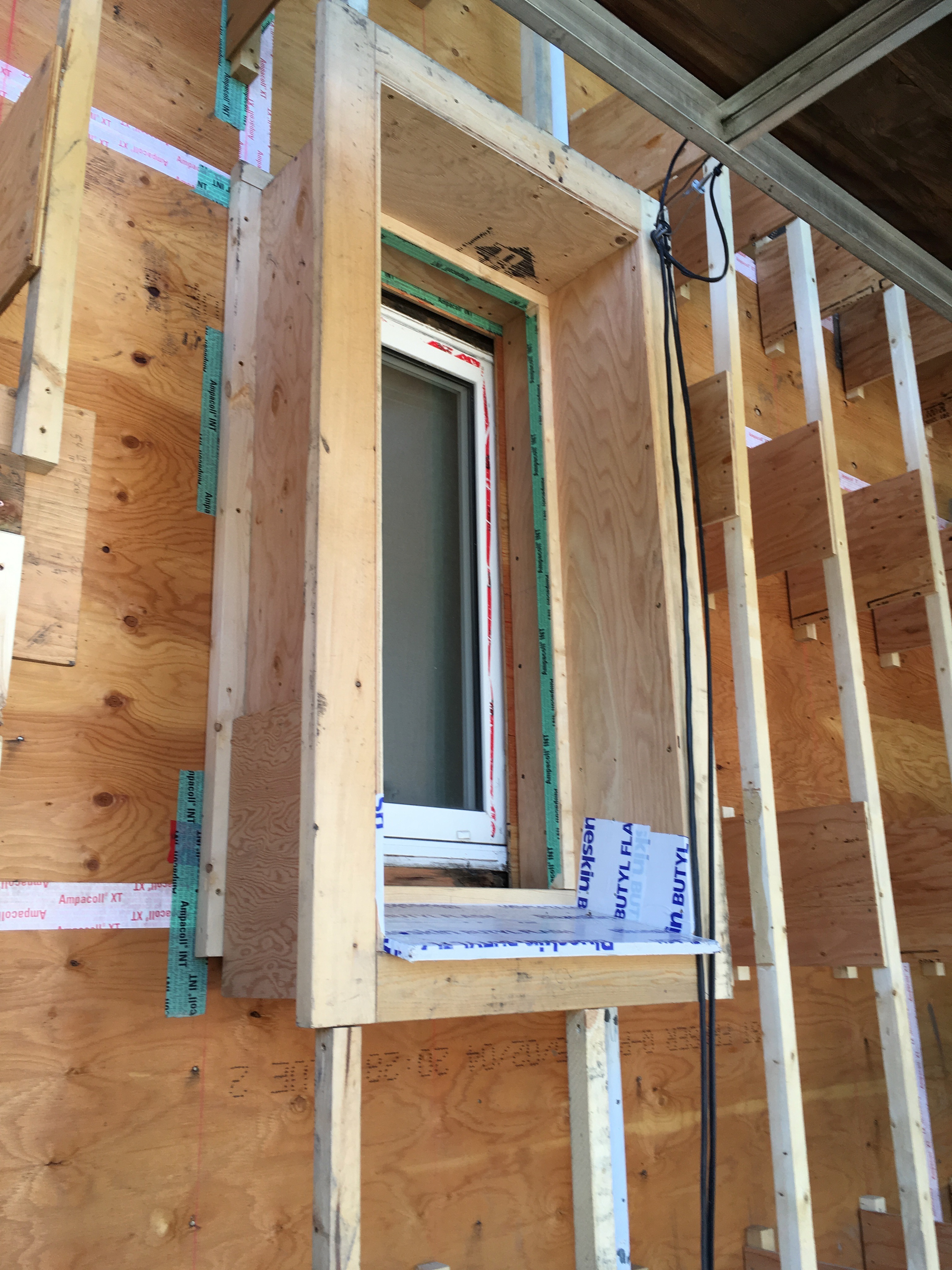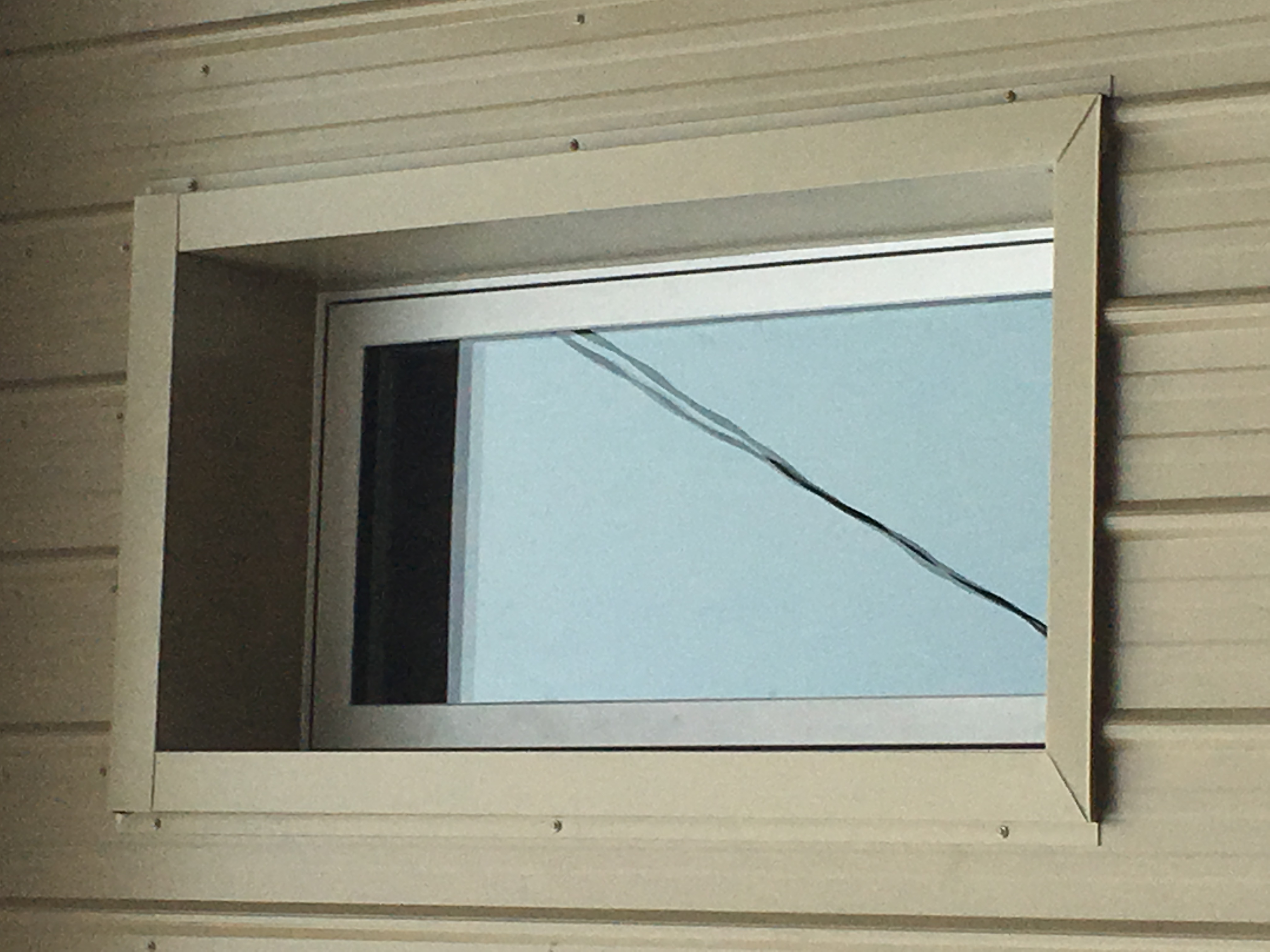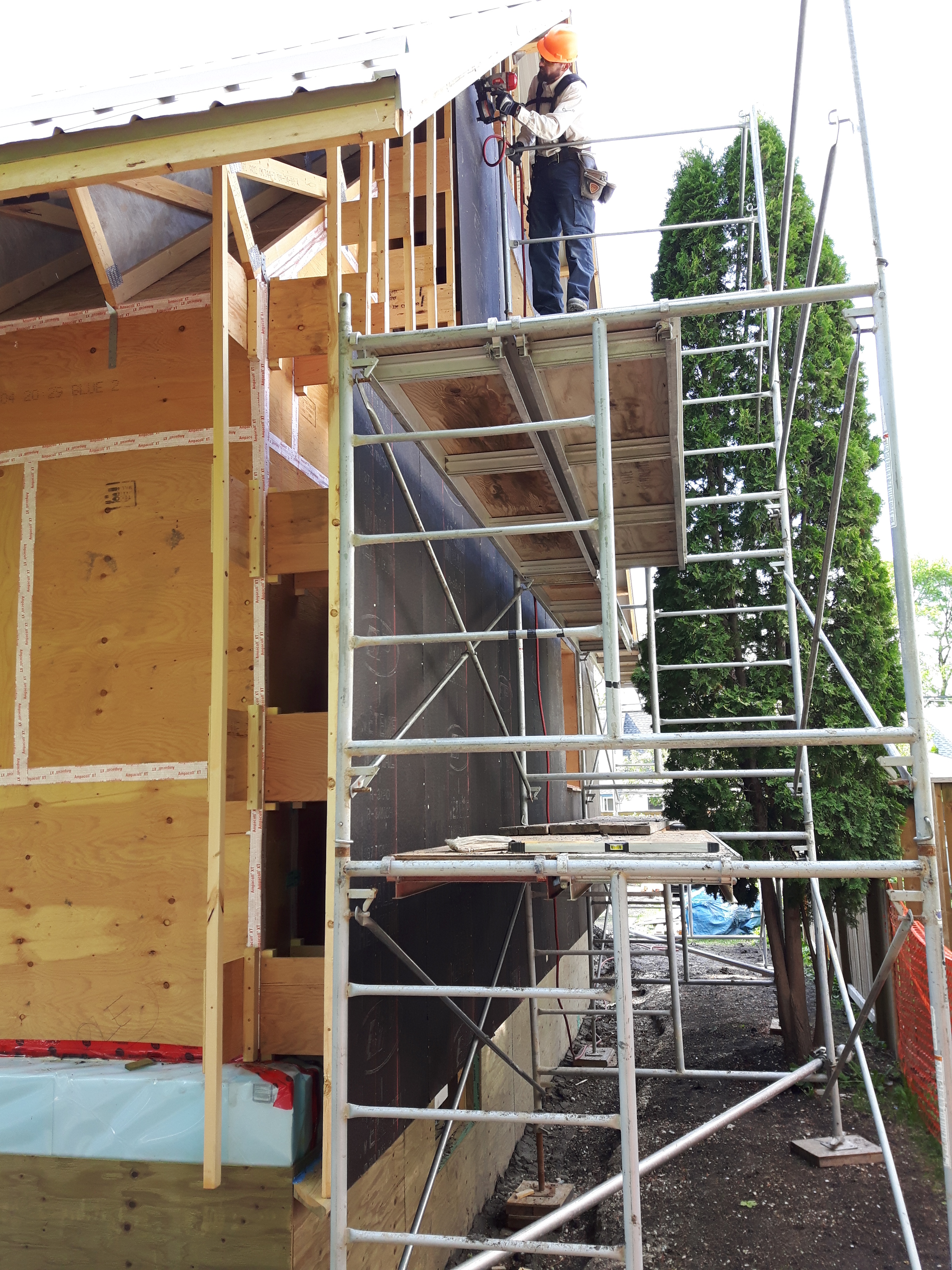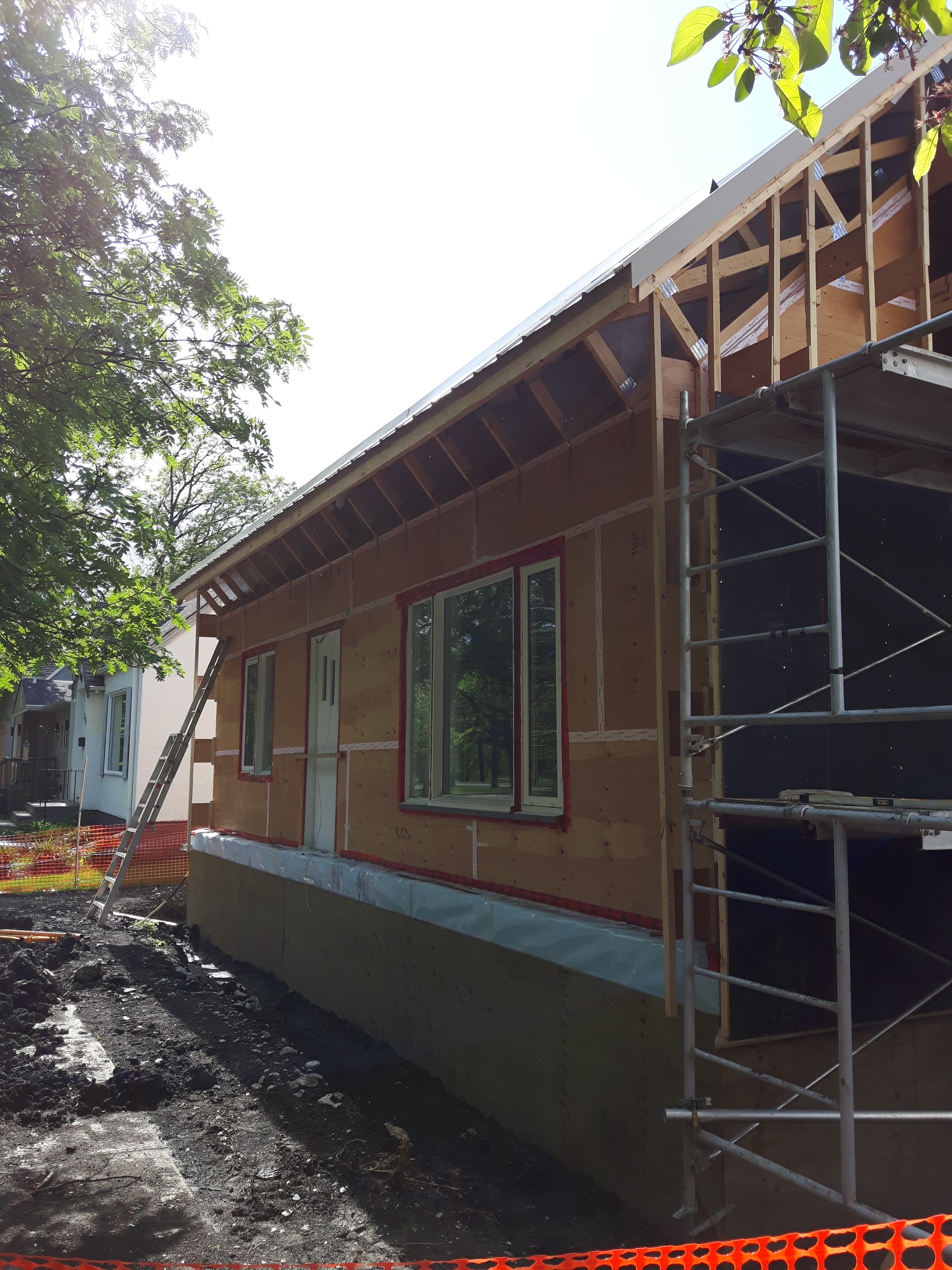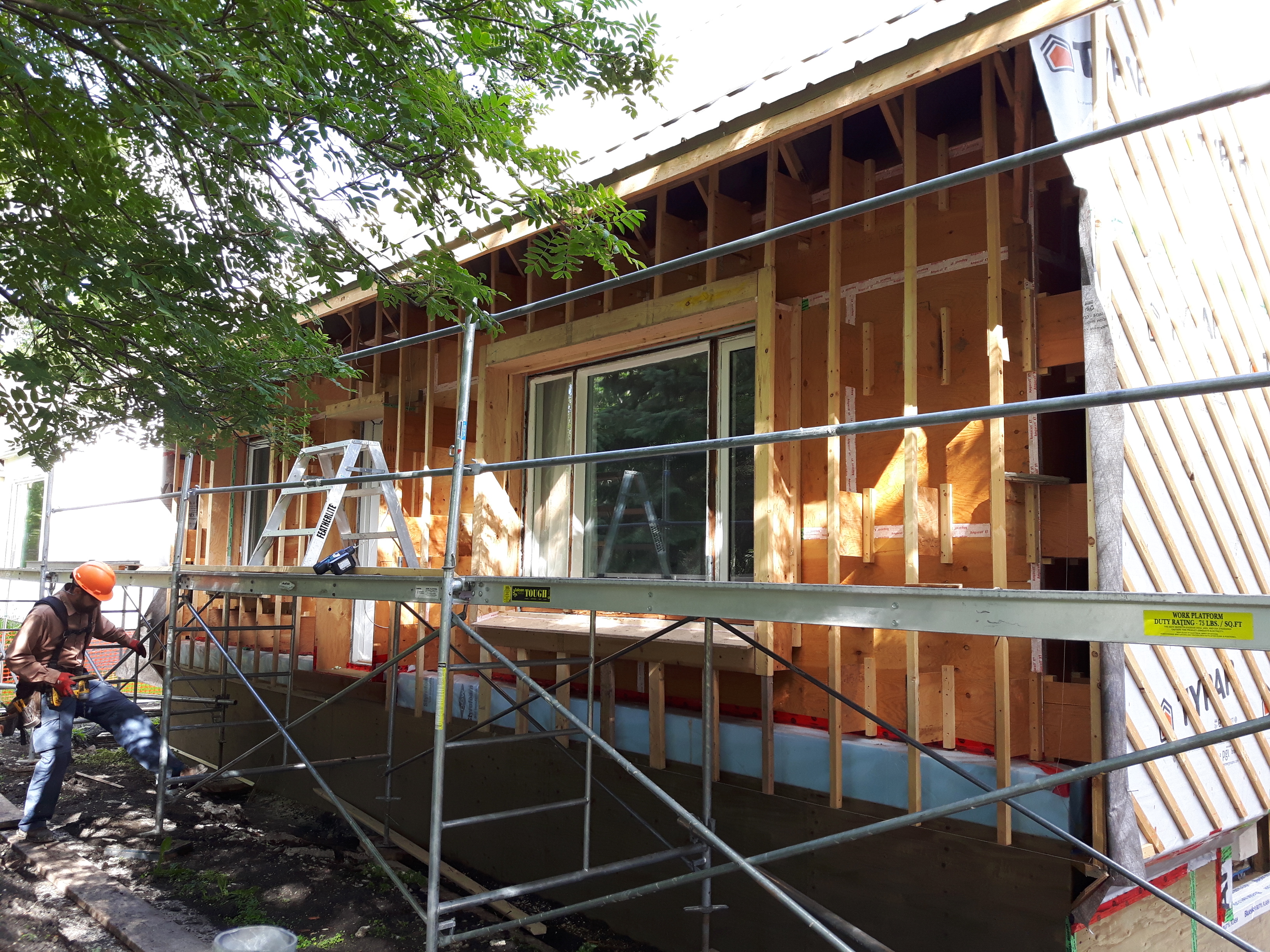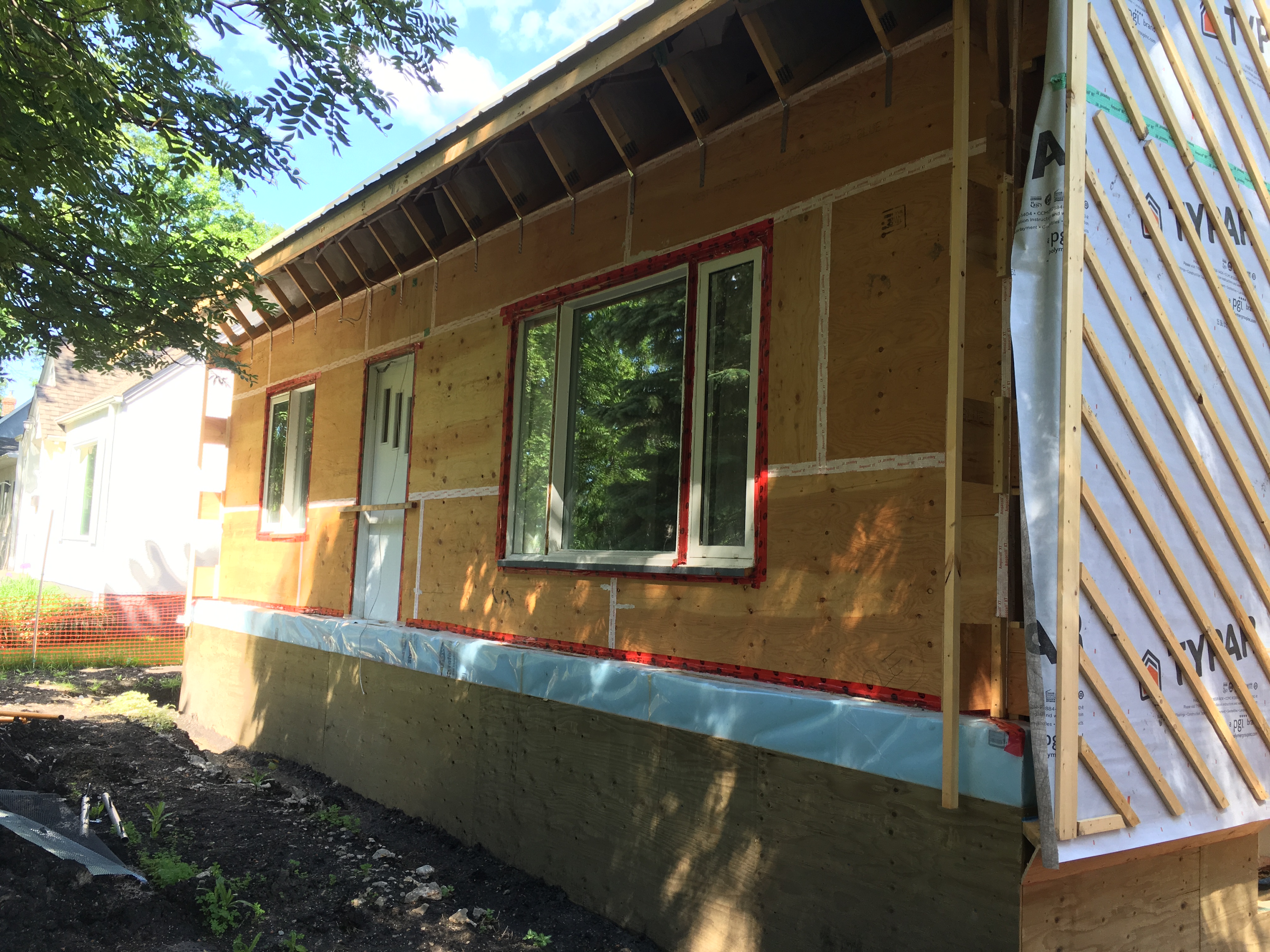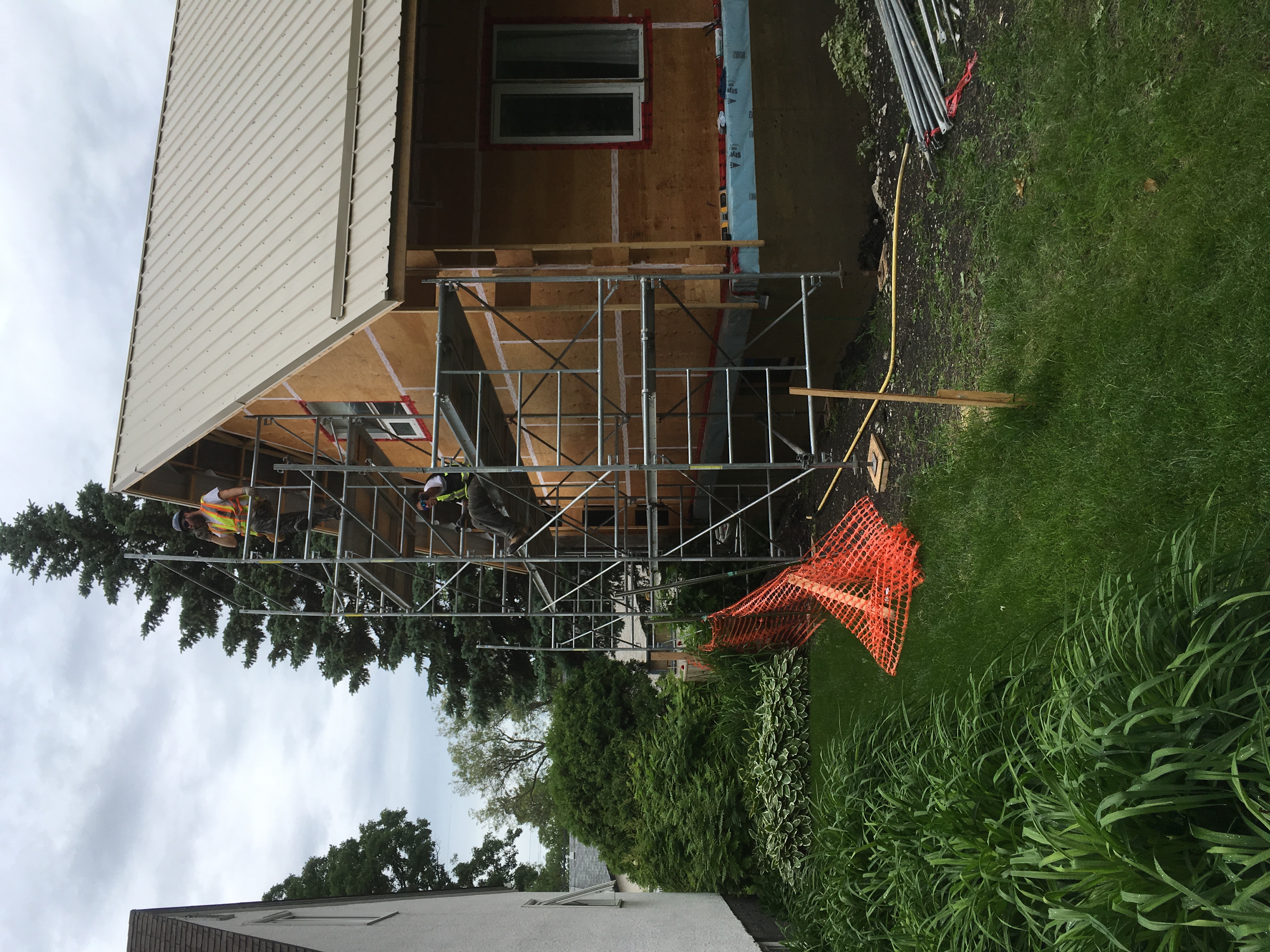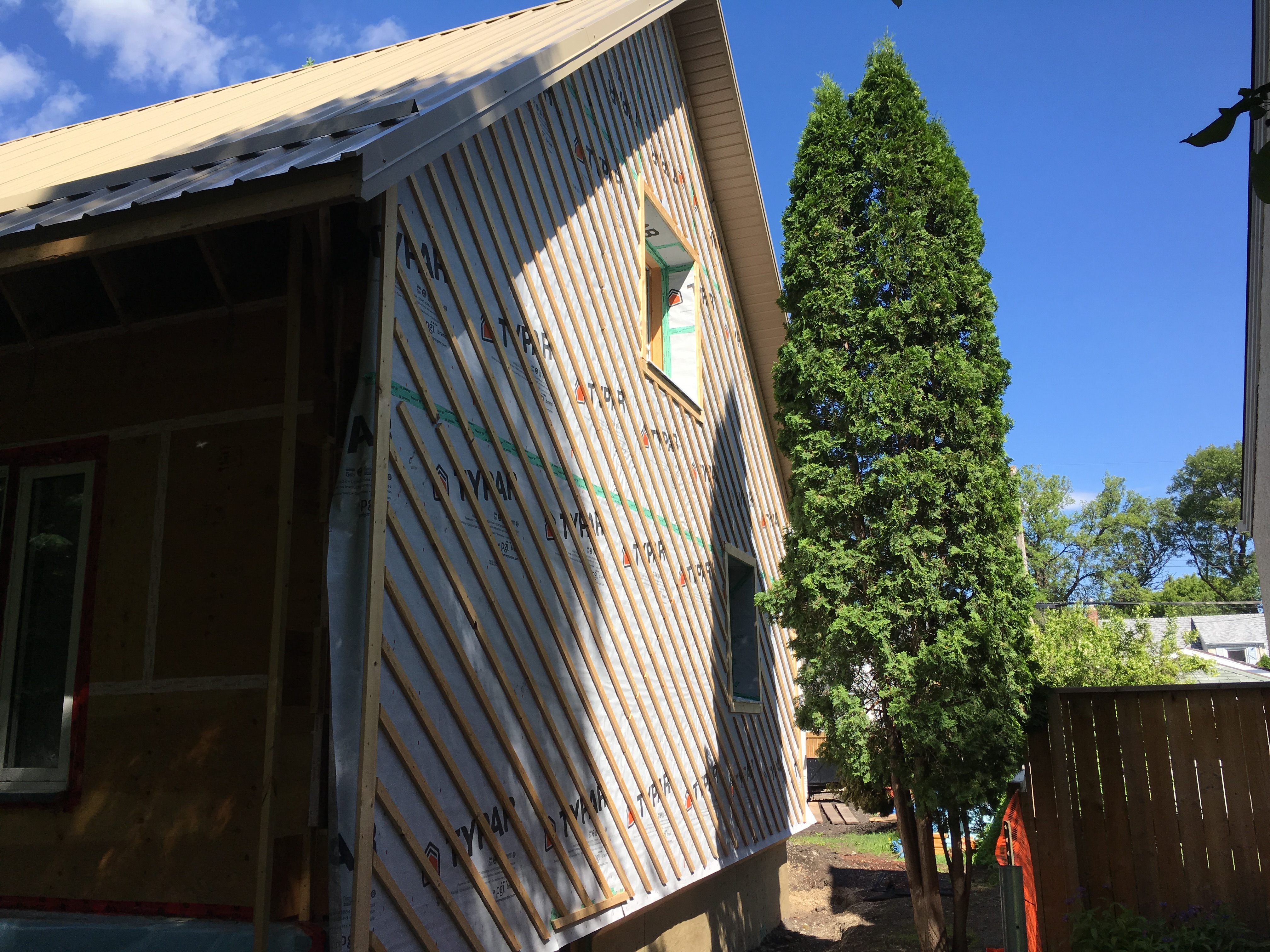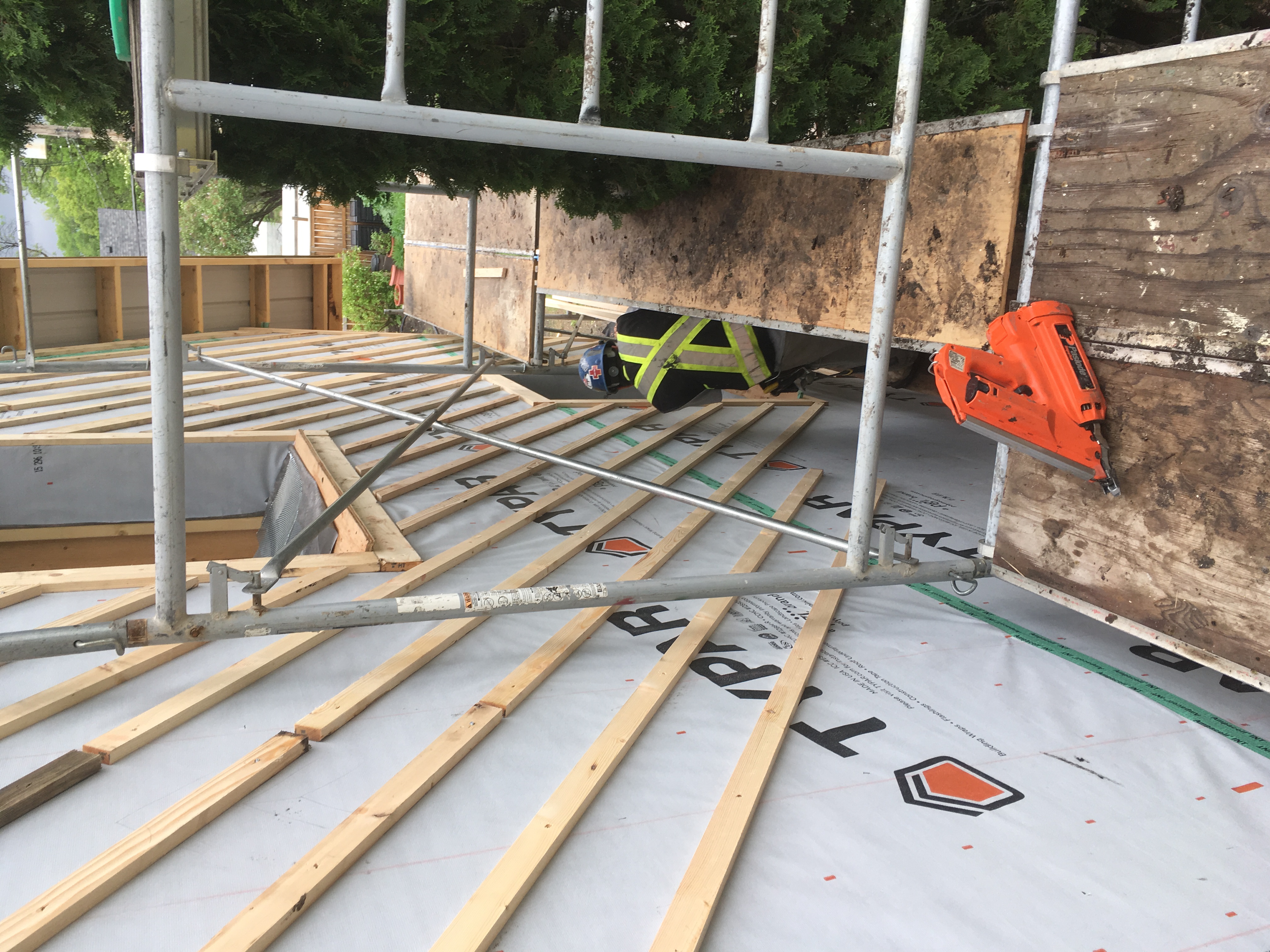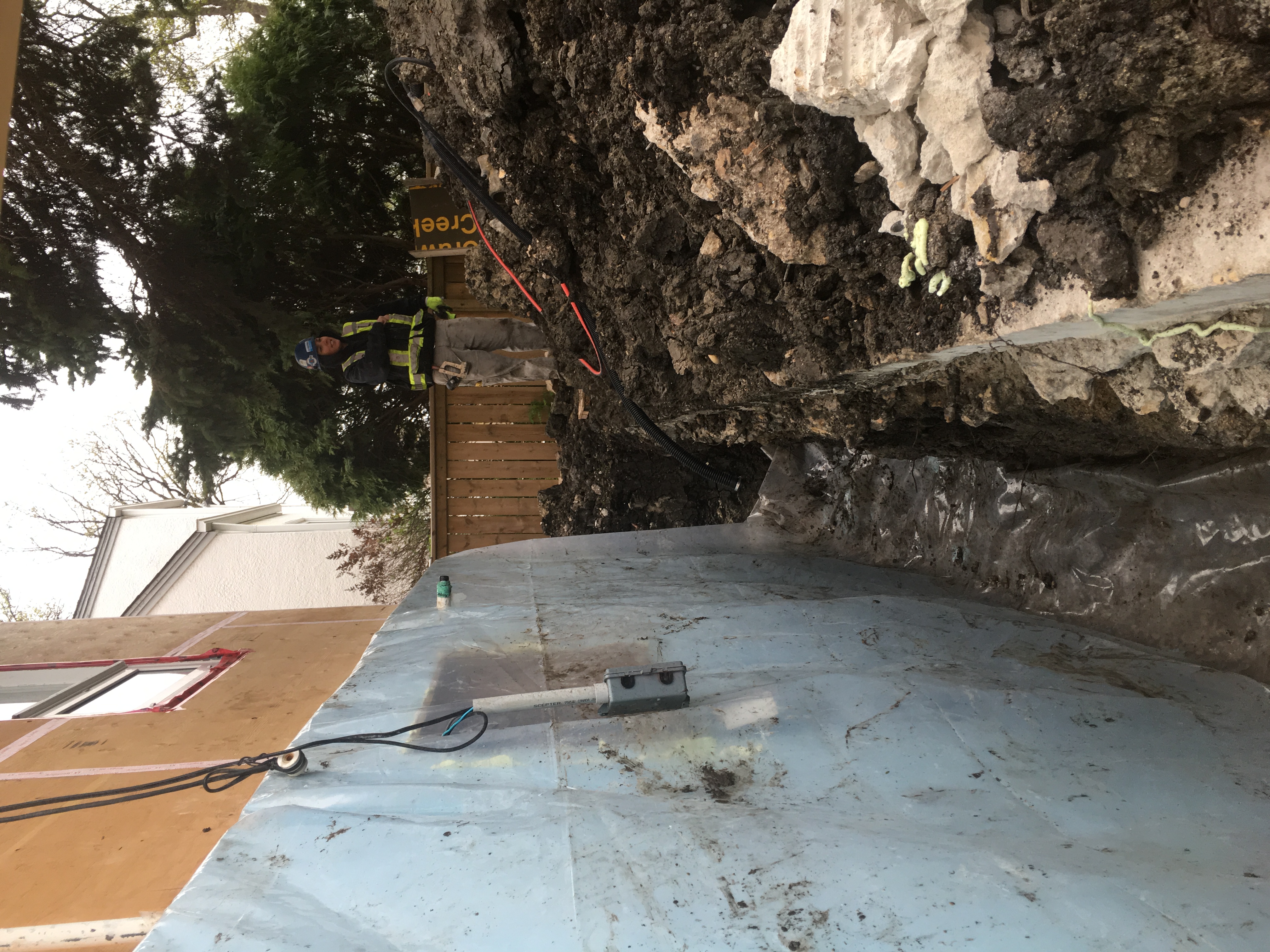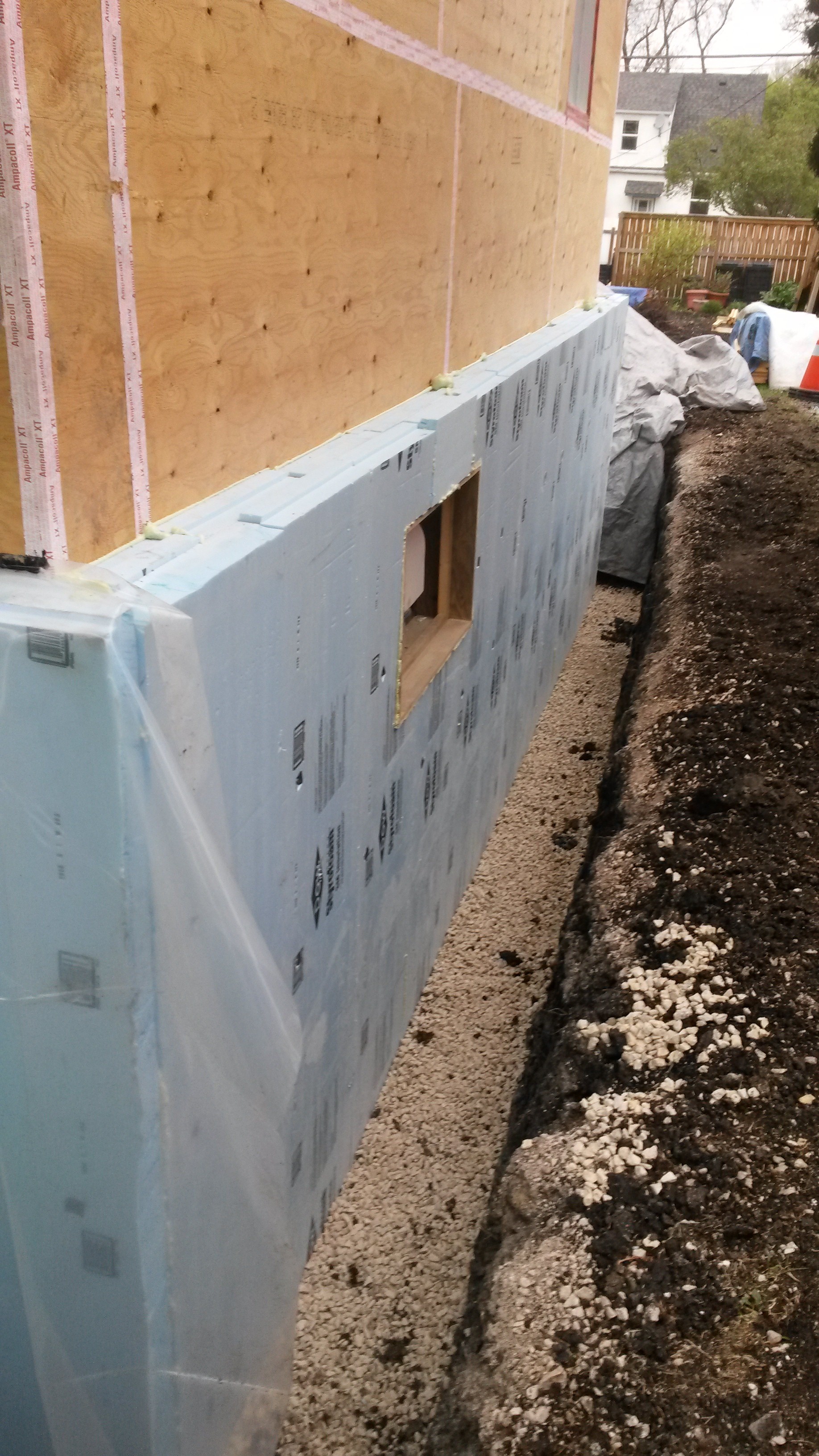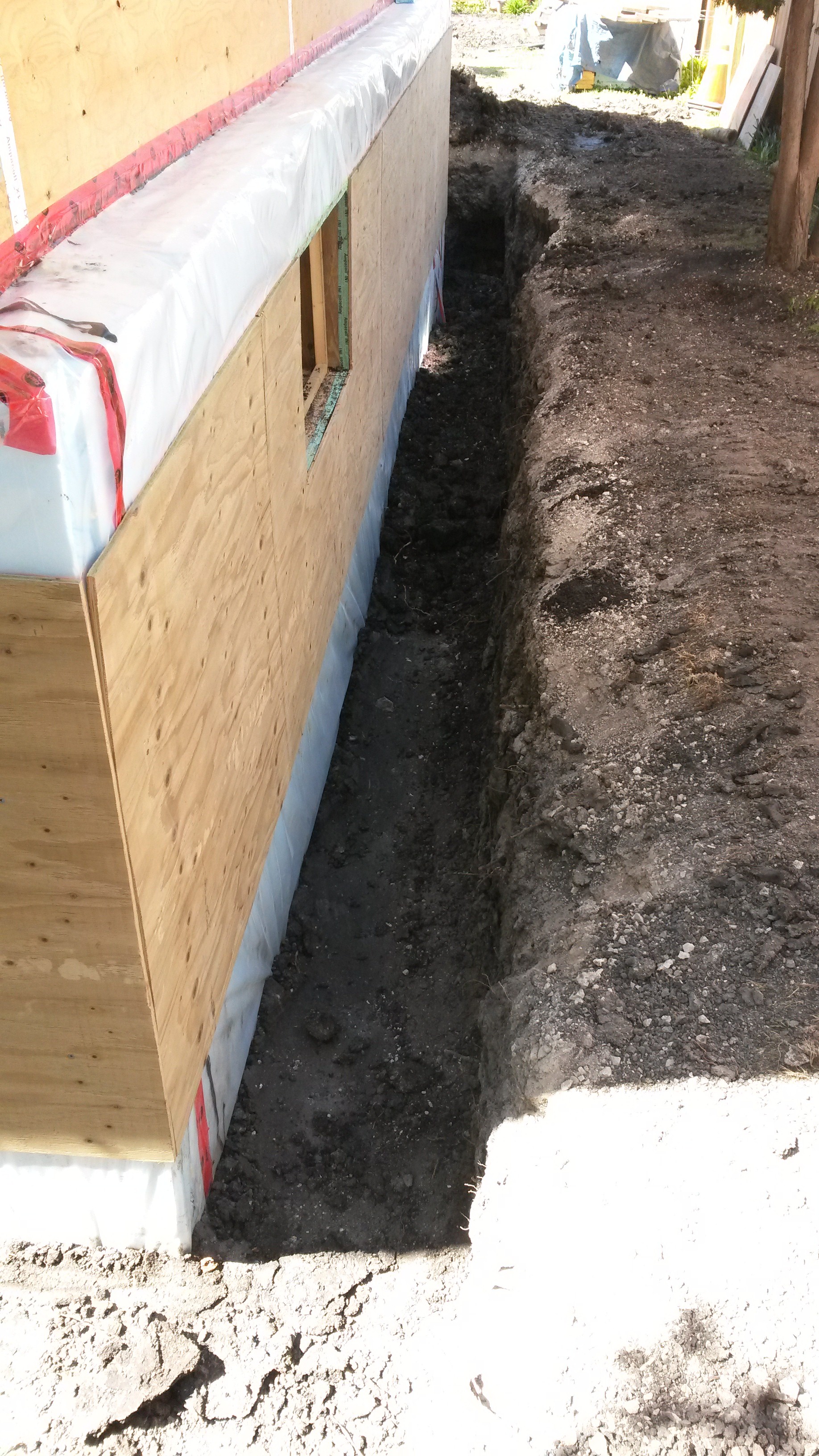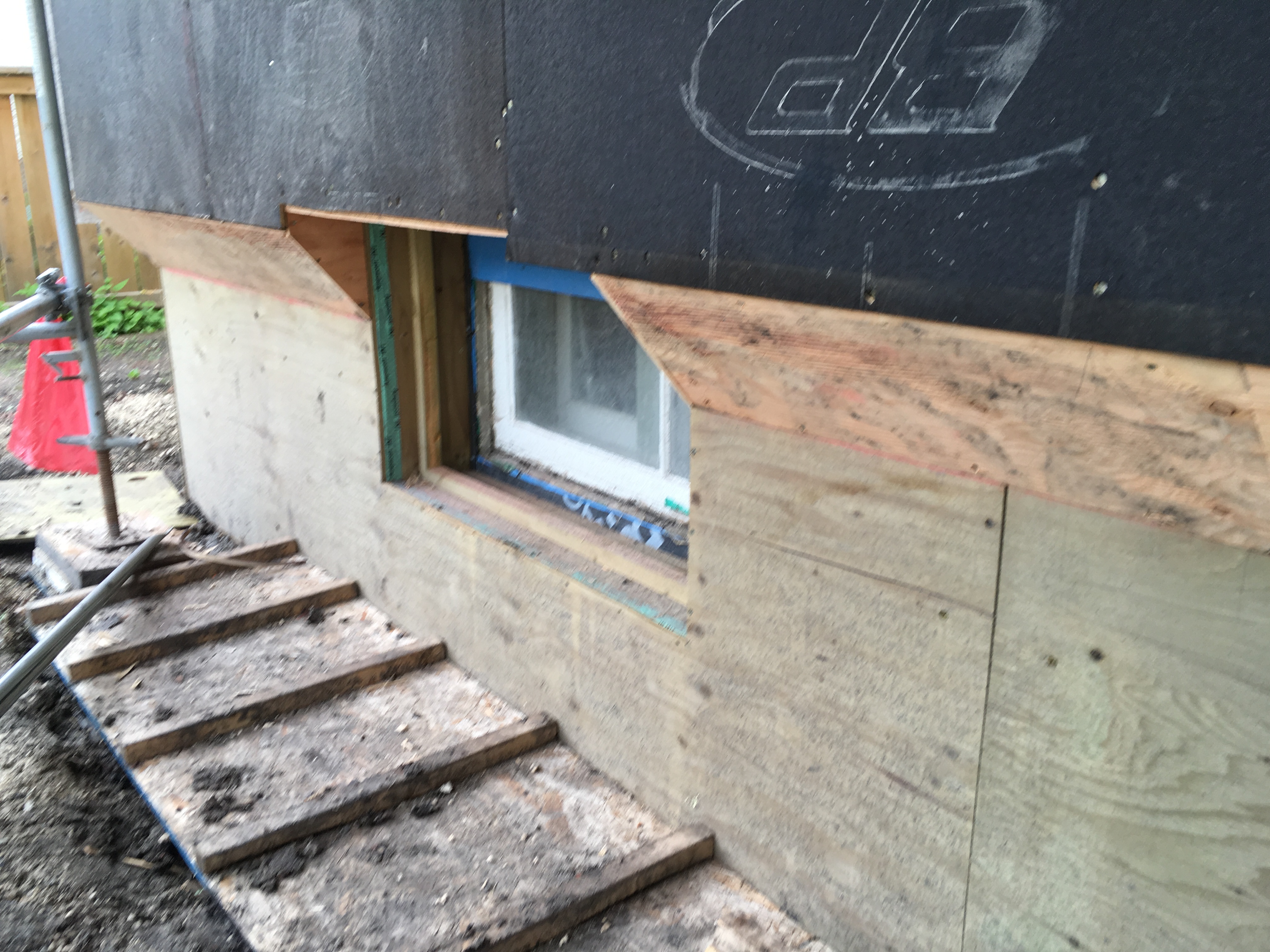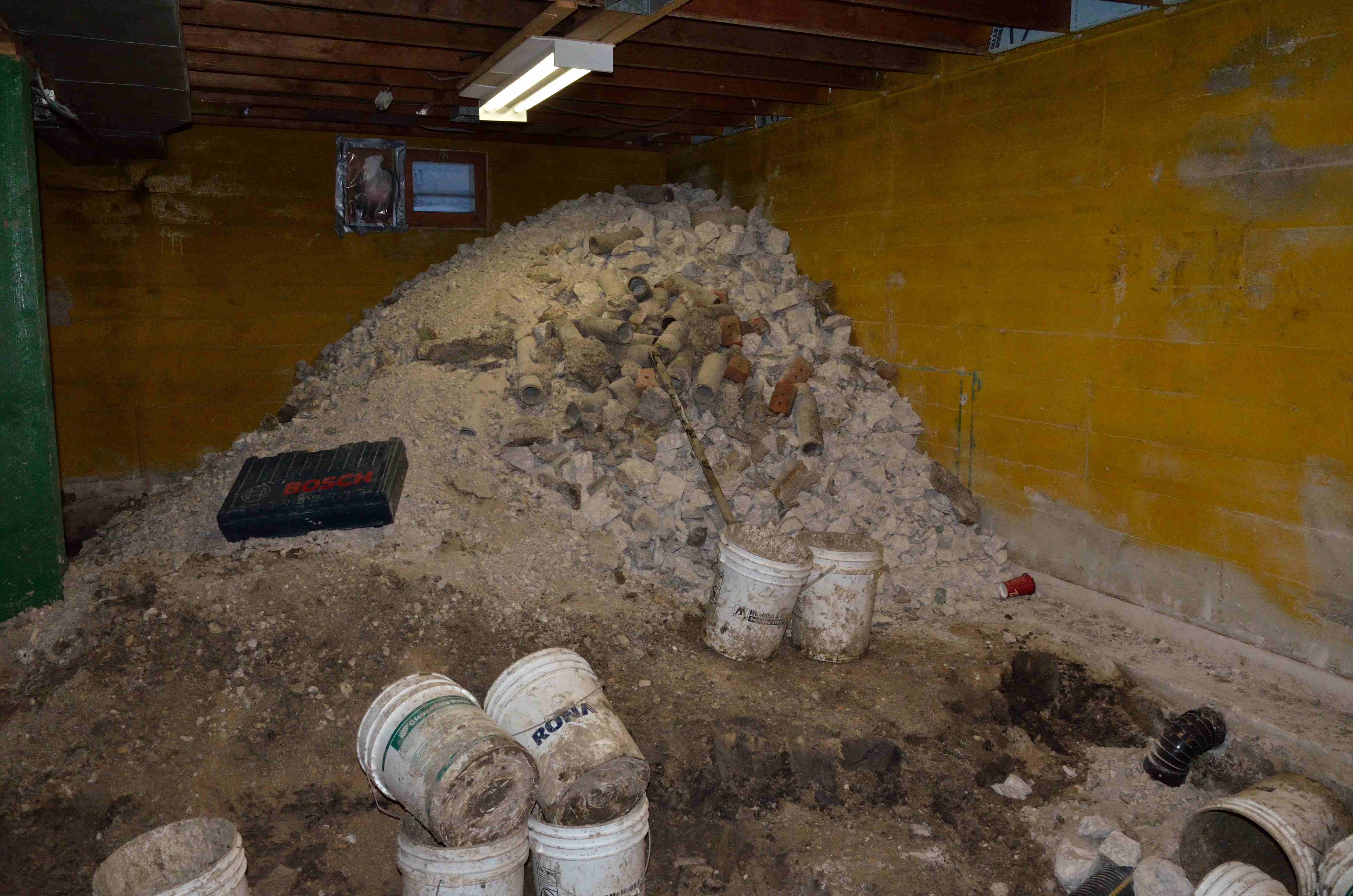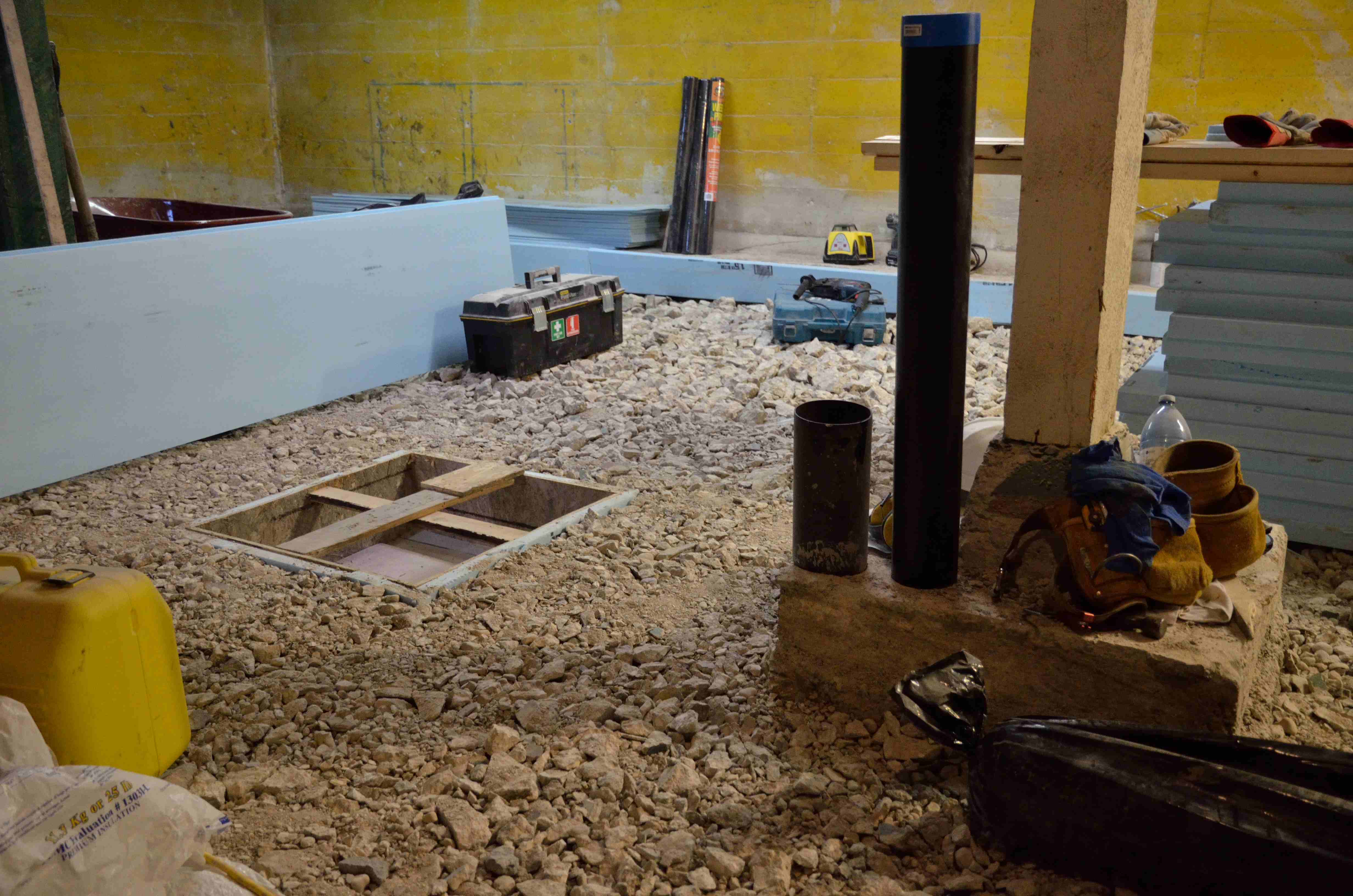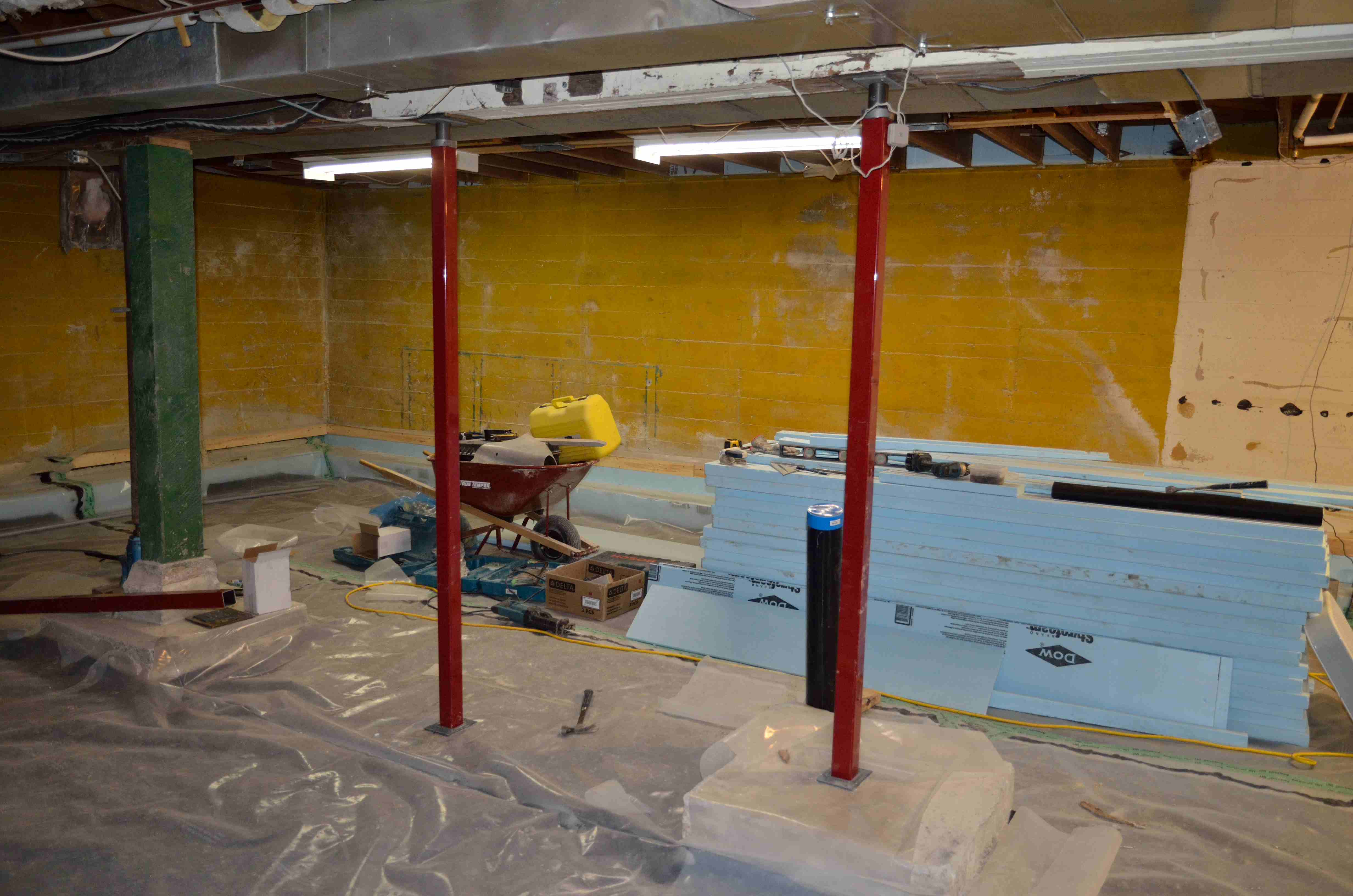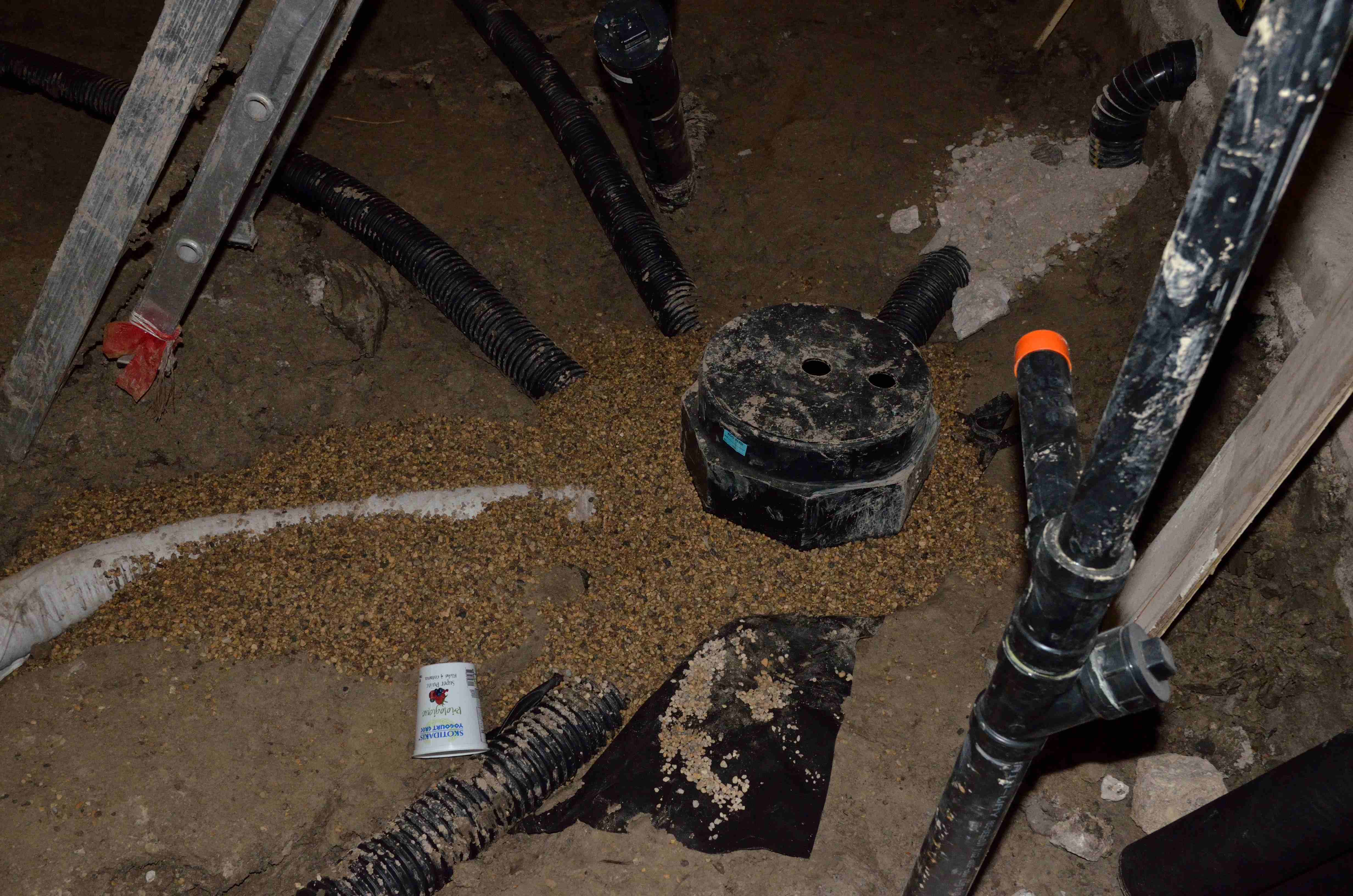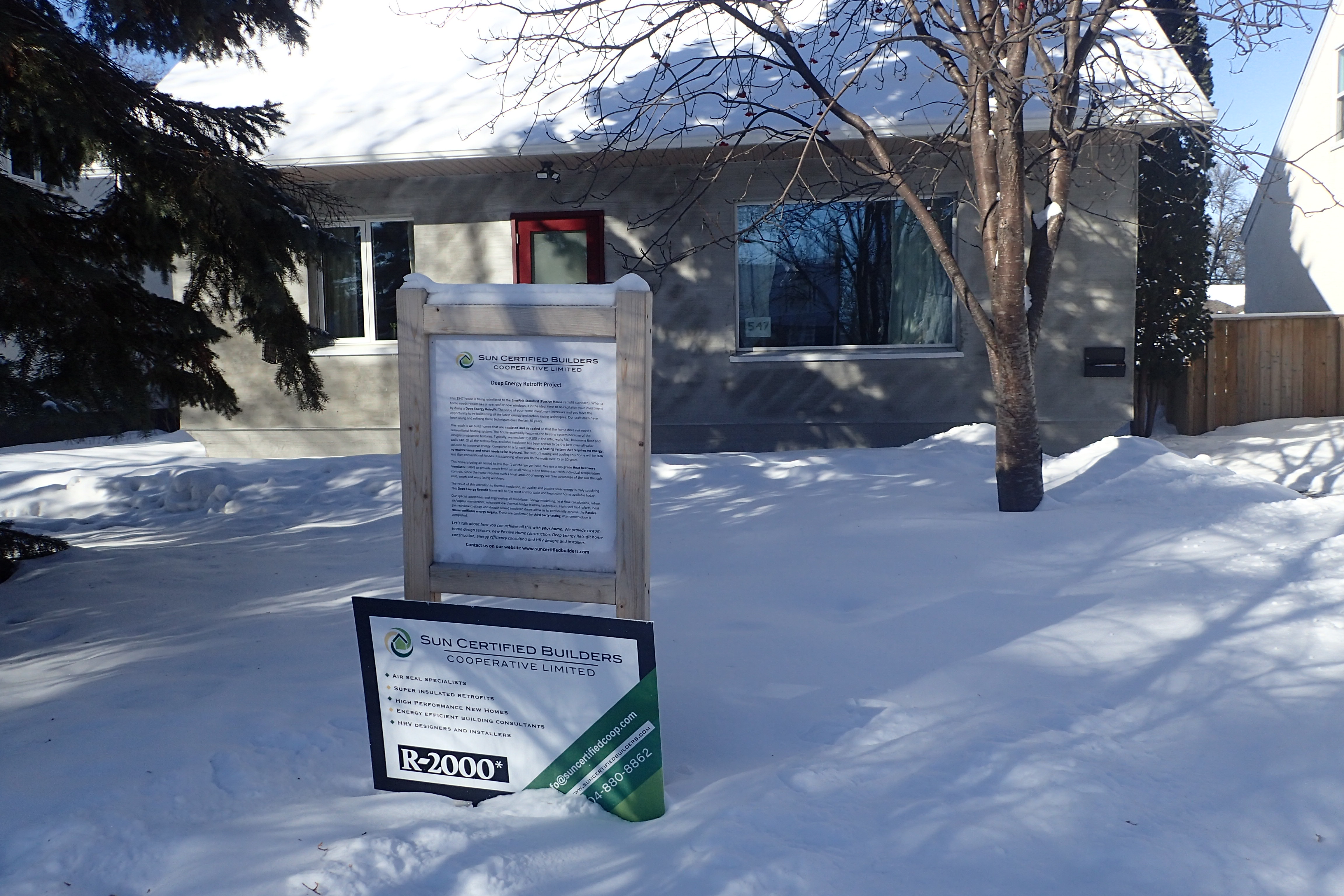The Full Monty
The Full Monty retrofit followed a building envelope-first strategy guided by Passive House principles.
| Building Type | Single-Family Bungalow (incl. 1.5 Story) | Location | Winnipeg, MB |
| Year Built | 1947 | Foundation Type | Concrete (Full Basement) |
| Structure Type | Wood-Framed | Total Floor Area | 136.4m2 |
| Climate Zone | 7a | Heating Degree Days | 5669 |
| Retrofit Status | Complete | Year Completed | 2016 |
| Retrofit Phasing | No | Geometry Changed | No |
| Annual Energy Savings | 69.71% | Operational Carbon Savings | 7.72 tCO2eq/yt |
| Retrofit Type | Envelope and Mechanical | Performance Level | Net-Zero Ready |
Project Team
- Sun Certified Builders Coop ( Builder )
- Sun Certified (SO) ( Energy Advisor )
Project Priorities
- Reduce Energy Consumption
- Achieve Net Zero or Net Zero Ready
- Increase Thermal Comfort
- Improve Indoor Air Quality
- Reduce GHG Emissions
Upgrades
- 8″ XPS added to basement walls and slab
- Vapour barrier and air sealing (0.3 ACH)
- Larsen Truss System filled with dense-pack cellulose insulation, R-70 Nominal
- 24 inch trusses added to roof, insulated to R-90 Nominal
- Triple pane windows, R-10 doors
- Ground source glycol loop tied HRV
- Resistive electric heating system to remove gas dependance
- Generator and transfer switch for back up power
- Smart controls for ventilation and temperature management
- Mini-split heat pump and electric hot water storage tank
Project Description
Planning the Retrofit
The builder, Sun Certified Builders Co-op uses a building envelope first approach when considering a new build or a retrofit. The envelope is the most important aspect to consider when retrofitting for energy reduction and long-term durability. After the envelope details have been established, the mechanical systems can then be modelled and designed.
The client was all-in on the retrofit – they were Passive House converts. SCBC had developed this method previously as it fulfilled their Passive House Fundamental Principals criteria, which they use to evaluate performance characteristics.
Sun Certified had experience with the plywood air/vapour barrier (AVB) membrane and preplanned the sequencing connections of the AVB and the weather resistive barrier (WRB). The sequencing was based in part due to the availability of skilled labour (a team member was contracted to do some ground geophysics in Sweden for 6 weeks at the beginning of the project).
The clients were full participants in the planning process, helping to choose the HRV and drafting floor plans.
Getting to Net Zero
Getting to net-zero
The client calculated that a 10kW system with 34 solar PV panels can be placed on the south facing roof area to achieve net zero energy.
Lessons Learned
Lessons Learned
- Need to complete a carbon emissions analysis before the project starts to calculate the total emissions associated with the project and determine if different materials can be chosen or an alternative design can be used to lower total embodied carbon.
- XPS foam is very energy intensive, we have switched to using GPS foam for all sub-grade applications to lower the embodied carbon emissions.
- Low carbon concrete can be used to lower emissions as well
- Subsoil preheat systems for HRVs can now be bought off-the-shelf.
- 3/8th plywood is preferable to 7/16 OSB for vapour diffusion and workability.
- Plan to install the wall and roof cellulose insulation through the WRB and/or the woodfibre board sheathing. Do not insulate from the attic space if at all possible.
- More research into high performance door install strategies and products.
Before & After
General |
Envelope |
Mechanical & Electrical |
Annual Energy Usage |
Carbon Emissions* |
Technical Documents
- Pre-retrofit Hot2000 energy evaluation
- Post-retrofit Hot2000 energy evaluation
- Equipment Documentation and Comfort Management Guidance for Homeowner
- BEAM [V1.1] – Building Emissions Accounting for Materials
- Blower Door Tests
- Existing Main Floor Plan
- Homeowner Description of Retrofit
- Heat Pump Comparison and Analysis
